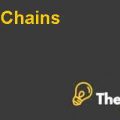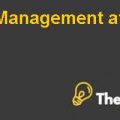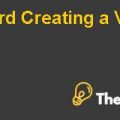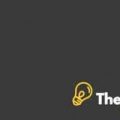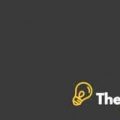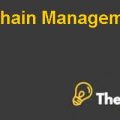
Introduction
AGNICO-EAGLE MINES ltd is a company which is located in Toronto, Ontario. AEM is known as low-cost operator and growing producer and reserves. AEM was founded as Canadian gold Producer. AEM has an experience of 30 years in metals mining. AEM also carries out activities for exploration and development in other Canadian provinces as well as in the Southwestern United States.
In the mining industry companies are categorized in three different ways i.e. senior gold producers, mid-tier producers and junior producers. AEM comes under the mid-tier Producers. The Core business of AEM was to produce gold but it mines zinc, copper and silver as by-products.
AEM is the only company that comes under the mid-tier mining company. AEM was the only in mid-tier mining company which owns and operates only one mine site i.e. the LaRonde property. The LaRonde property is the largest gold deposit in Canada at 8.5 million ounces of reserves and resources. Each year AEM has been discovering new resources through AEM’s exploration program.
AEM established a new shaft, the penna shaft, on its LaRonde property in august 2001. The penna shaft enabled the AEM to access to reserves of almost 100 tons of gold i.e. 3.3 million ounces. It also provided additional resources of 140 tones i.e.4.5 million ounces.
44% of AEM’s shares are owned by more than 150 institutions and its largest shareholder owned 14.4 per cent of shares. 4% of AEM’s shares owned by the insiders and management. The management team of AEM was very much experienced. The operations of AEM were expected to expand by Q4 2002 to move from 5000 to 7000 tons per day.
AEM had been emphasizing on enhance the productivity of the existing mine at LaRonde and attempting to further explore LaRonde to find new reserves. The financial performance of the AEM has improved significantly in comparison with previous four-year period.
Problem Statement
Agnico-Eagle Mines Ltd. is facing a decline in the value of its shares. Acker, senior portfolio manager at National Securities Inc. had substantial number of AEM shares and he was concerned about the declining trend of AEM share price. Acker had considerable interest in the future of the AEM Company.
The valuation of the AEM was required through discounted cash flow (DCF) methodology. DCF valuation normally undervalued the resource companies such as AEM. While determining the value of AEM through discounted cash flow technique, the value of unmined metals should also be incorporated. The underground unmined gold would be treated as real options. In order to estimate the value of real options Black-Scholes model would be used.
Analysis
Valuation of the AEM through Discounted Cash Flows Technique
Discounted cash flow technique is used in order to make valuation of the companies. It consists of cash flows which are expected to happen in the future and While calculating following cost are ignored:
- Non-cash items
- Sunk cost (this is the cost which have already been incurred).
- Committed cost (this is the cost that needs to be incurred in any case)
Only relevant costs are considered while using discounted cash flows techniques. In order to calculate the value of the company projected free cash flows are determined and after that this cash flows are discounted through weighted average cost of capital. Terminal value of the company are also calculated and the value of terminal are also incorporated while calculating the value of the company. Tax losses carry forward are also incorporated in the valuation of the company. Most of the dates which were necessary in order to make valuation of the company have been given in the case.
To value AEM, seven years of projected cash flows have been determined and after that it has been assumed that 7th years of free cash flow will continue to remain same till perpetuity. Seven years of the projected cash flows have been given it the case study (see Exhibit 9 page no 22). Only 3rd year has shown the positive free cash flow and remaining years has shown negative cash flows.
Terminal value of the AEM has been calculated on the basis of NOPLATPA i.e. Net operating profit less adjusted taxes plus amortization. The formula which has been used in order to calculate the terminal is TVF = NOPLATPA of 7th year * (1+ growth rate) / K. The terminal value of the AEM has been determined as $142,608 (see excel file Exhibit 2). ....................
This is just a sample partial case solution. Please place the order on the website to order your own originally done case solution.

